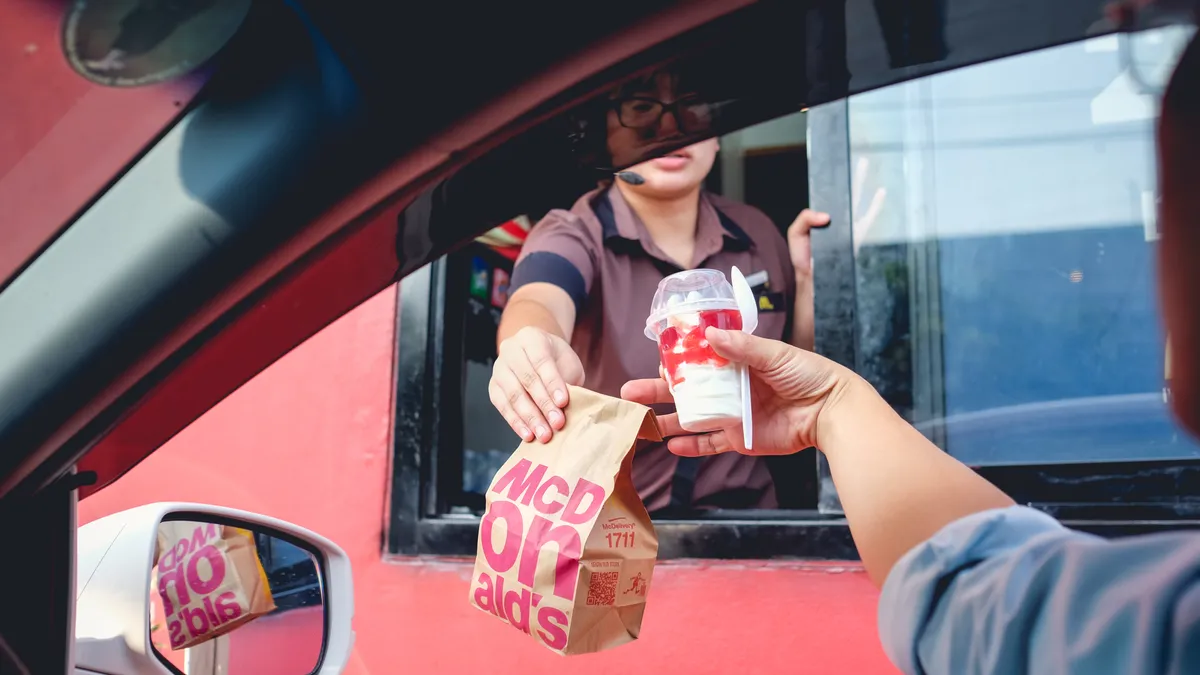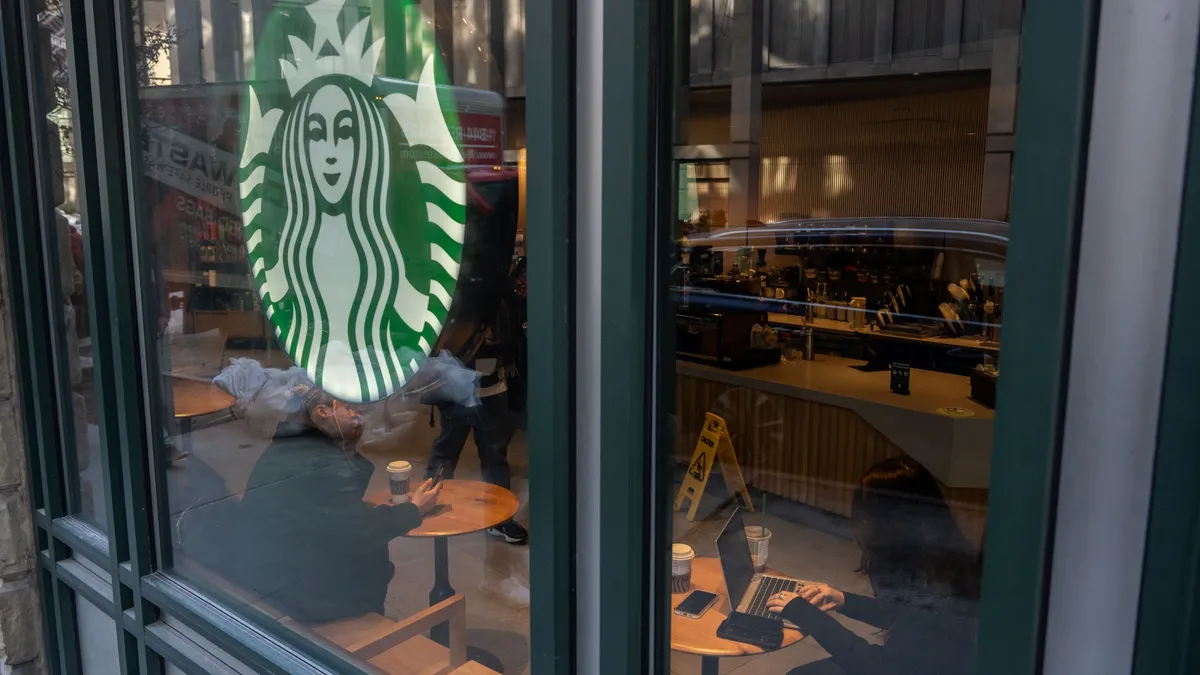Adam Berebitsky is tax partner and leader of BDO’s restaurant practice.
The restaurant industry enters 2019 with some of the same challenges it faced last year. Perhaps the greatest of these challenges for restaurant owners and operators is the continually rising cost of labor. As noted in BDO's Quarterly benchmarking study for Q3 2018, labor costs as a percentage of sales rose steadily over the first three quarters of 2018 — and the trend isn't expected to reverse itself in 2019.
Movement toward a $15 hourly minimum wage rate in many states made headlines over the course of 2018. However, for many restaurant owners and operators, a $15 hourly wage rate is nothing new. In fact, many restaurant operators were already paying many employees at a rate close to or over $15 per hour — especially back-of-house employees.
It should be noted that the increase in the minimum wage rate for hourly employees is not the only reason labor costs are rising. While the federal minimum salary requirement for exempt employees (i.e. managers) did not change in 2019, there are several states that have increased their minimum salary requirement. Like minimum wage rates, each state has their own salary requirements for exempt employees. Some states' minimum salary requirements are tied to the state's minimum wage rate, which therefore has resulted in management salaries to increase. In certain states, this is an even higher percentage increase than for hourly employees, as the exempted salaries calculation could be based on a multiple of the minimum hourly rate.
The need to pay more for restaurant staff is due to a confluence of factors, the most notable of which being low unemployment and an oversaturation of restaurants in most markets. Of course, these two problems go hand in hand. The question is this: How can restaurants prevent these dynamics from affecting their operations and eating into their profits?
Treat your employees as if they were customers
Since finding employees is difficult these days, restaurants need to focus on retaining their current staff and combat turnover in an industry where significant turnover is the norm. It all starts at the top. Fostering a culture that emphasizes constant training and rewards employees for their good work can reduce turnover significantly. Of course, this begins with retaining skilled managers that know how to relate to hourly employees.
Restaurants strive to treat their customers as VIPs, but in 2019, they need to be doing the same with their employees. Operators must manage their store's peak hours and ensure they are staffed appropriately. Employees value predictive schedules and want to understand their work hours. In an industry notorious for long shifts, employees that feel they have a sense of work/life balance are more likely to stick around.
Menu engineering is more crucial than ever before
Unfortunately, restaurants cannot prevent labor cost increases from eating into their bottom lines without doing a better job of managing menu pricing and menu selection. While raising menu prices across the board may appear to be the easy answer to overcome additional labor costs, this strategy can quickly backfire, especially as traffic decreases due to stiff competition.
A more in-depth strategy restaurant owners should consider is menu engineering, as focusing on the profit margin is more important than ever. Understanding the profit margin of each menu item is critical, as is the placement of those items on the menu. For instance, items should be removed from menus if they have low profit margins or sales. Restaurant operators should focus on raising prices of menu items with low margins but strong sales, as they most likely have some price elasticity due to their popularity.
Amid declining traffic counts and minimal same store sales growth, it's smart to focus on improving profit margins on items that are currently selling.
Consider implementing tech to manage costs.
The restaurant industry has always been a little behind on implementing technology to boost profitability. However, as labor costs creep up, many companies are finding different ways to reduce employee head count and manage labor costs. Several QSR and fast casual restaurants are using robotics and kiosks to reduce head count and, hopefully, improve ticket times. Separately, companies like Harri offer software technology to help their clients understand their KPIs relating to labor — these allow management to better manage engagement, performance and retention of the staff.
While there is no simple solution to the industry's labor dilemma, it is strongly recommended that restaurants formulate a strategy and communicate it to all employees, including management and hourly employees. A transparent strategy will build trust with employees and better enable a restaurant to achieve its desired results.
















